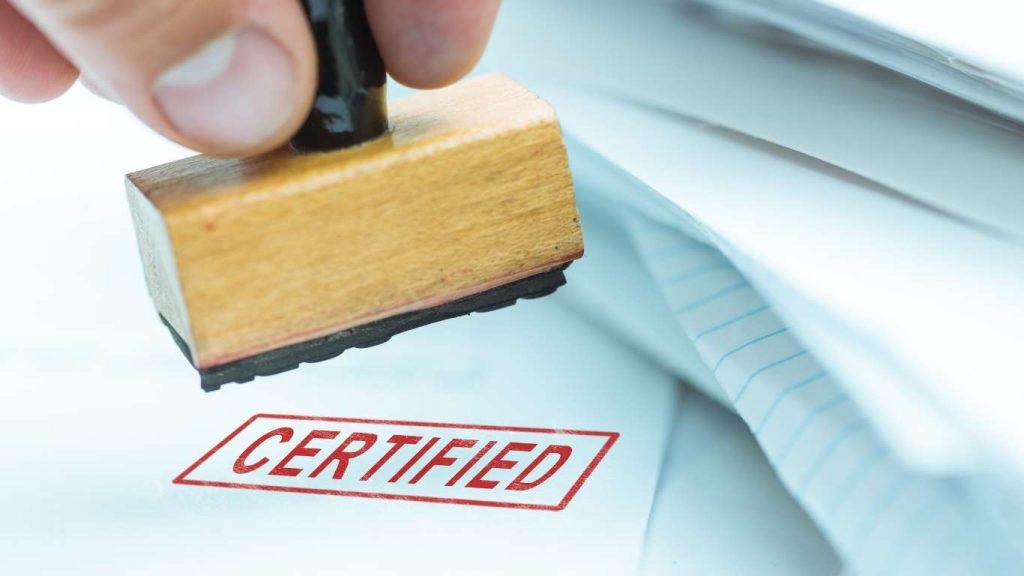In a world where hazardous materials are an integral part of many industries, the importance of meticulous handling and safe transport can’t be overstated. From chemicals to radioactive substances, these materials, when mishandled, can pose significant risks to human health and the environment.
As a result, strict regulations are in place to ensure that these materials are packaged and transported safely. One such measure is the use of UN-certified packaging.
What is UN-Certified Packaging?
UN-certified packaging refers to the containers used for transporting hazardous materials that have been tested and approved by the United Nations (UN). The certification process involves rigorous testing to ensure that the packaging meets specific standards for strength, durability, and leak-proofing.
UN-certified packaging is designed to withstand a variety of hazards such as impact, vibration, and stacking during transport.
How Does UN-Certified Packaging Minimise Risks?
- Compliance with Regulations
One of the primary benefits of using UN-certified packaging is its compliance with regulations set by the UN and other international organisations. These regulations are constantly updated to reflect new safety standards, ensuring that hazardous materials are packaged and transported in the safest manner possible.
- Protection of Contents
UN-certified packaging is specifically designed for each type of hazardous material, taking into consideration its properties and potential hazards. This ensures that the contents are adequately protected during transport, minimising the risk of leakage, spillage, or other accidents.
- Proper Labeling and Markings
UN-certified packaging also requires specific labels and markings to identify the type of hazardous material being transported. This helps first responders and emergency personnel to quickly and accurately assess the risks in case of an accident or spill.
- Emergency Response Plans
Another crucial aspect of UN-certified packaging is the requirement for an emergency response plan. This plan outlines the steps to be taken in case of an accident or spill, including notifying appropriate authorities and taking necessary safety measures.
Other Benefits of UN-Certified Packaging
- Versatility: UN-certified packaging can be used for a wide range of hazardous materials, making it a versatile solution for various industries.
- Cost-effective: By reducing the risk of accidents and spillage, UN-certified packaging can save companies money in terms of fines, clean-up costs, and potential lawsuits.
- Global Acceptance: UN-certified packaging is recognised worldwide and is required for the international transport of hazardous materials. This ensures a consistent level of safety across borders.
- Environmental Protection: Properly packaged hazardous materials reduce the risk of environmental contamination, protecting both human health and the environment.
Types of UN-Certified Packaging
UN-certified packaging comes in various forms, depending on the type of hazardous material being transported. Some common types include:
- Drums: Used for liquids and solids such as chemicals, oils, and radioactive materials.
- UN certified boxes: Suitable for smaller quantities of solid or liquid materials.
- Bags: Ideal for powders and granular materials.
- Intermediate Bulk Containers (IBCs): Used for bulk liquids and solids.
- Tanks: For large quantities of liquids or gases, such as fuel or industrial chemicals.
Proper Handling and Storage Practices
Once you have the right UN-certified packaging, it’s essential to have comprehensive training and protocols in place. Here’s what you need to do:
Training Employees on Handling
Embed a safety culture early on by training all staff members involved in handling or transporting hazardous materials. Personal protective equipment (PPE) and proper handling techniques should be part of the curriculum.
Storing and Securing Materials
Improper storage and overpacking can lead to catastrophic results. Ensure that you store materials in accordance with their classifications to avoid unauthorised access and material degradation.
Emergency Response Protocols
Develop and practice in-depth protocols for potential emergency scenarios. This might involve regular drills and ensuring that the correct equipment is readily available.
Selecting the Right UN-Certified Packaging
When selecting the appropriate UN-certified packaging such as UN certified boxes, several specific factors must be considered:
- Identifying Hazard Class and Packaging Group: Classifying the hazardous material accurately is the first step towards selecting the right level of UN-certified packaging.
- Packaging Requirements and Specifications: These vary depending on the material, its amounts, and the intended mode of transport. Familiarize yourself with the packaging instructions detailed by the UN.
Evaluating the Packaging’s Suitability
Verify that the packaging you select is suitable for the hazardous material, looking at compatibility, stability during handling, and the prevention of unanticipated reactions.
Conclusion
Investing in UN-certified packaging is an investment in safety, compliance, and business continuity. Following the guidelines outlined above can significantly minimize risks associated with hazardous material handling and transport.
Properly trained employees, well-developed protocols, and suitable UN-certified packaging are vital components of a successful risk management strategy. Thus, it is crucial to continuously assess and update your safety measures to ensure the safe transportation of hazardous materials.
Remember, the use of UN-certified packaging not only protects human health and the environment but also can save your business from potential financial losses. Always prioritise safety when handling hazardous materials, and choose UN-certified packaging to minimise risks.











